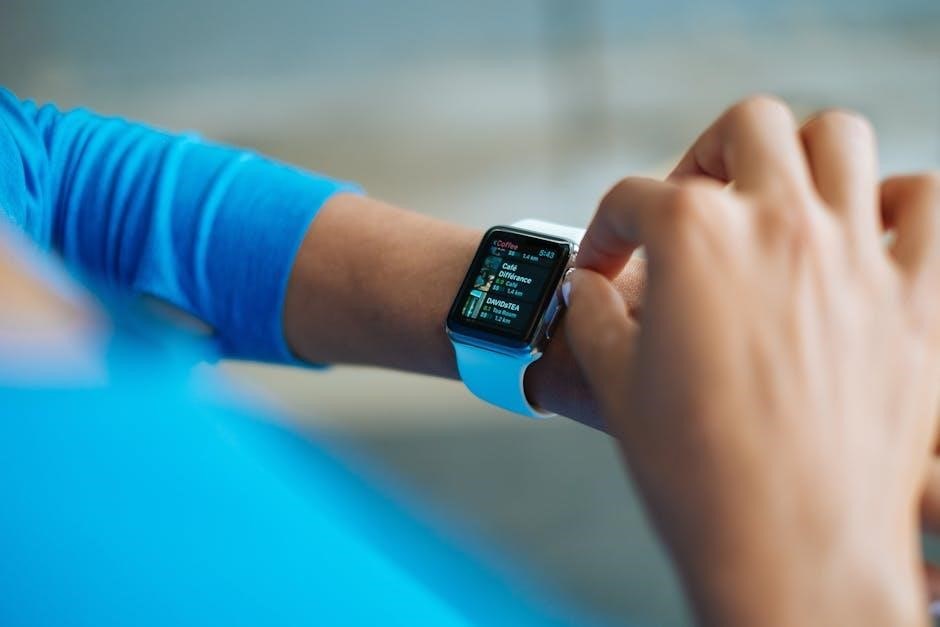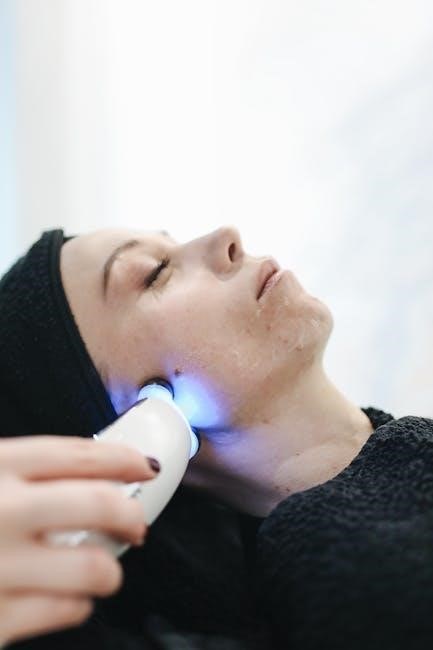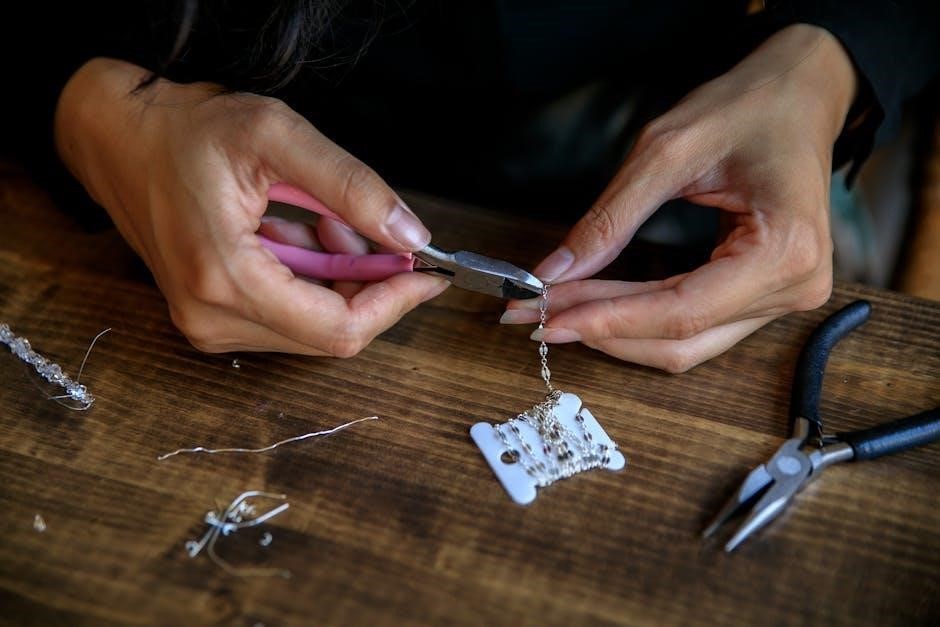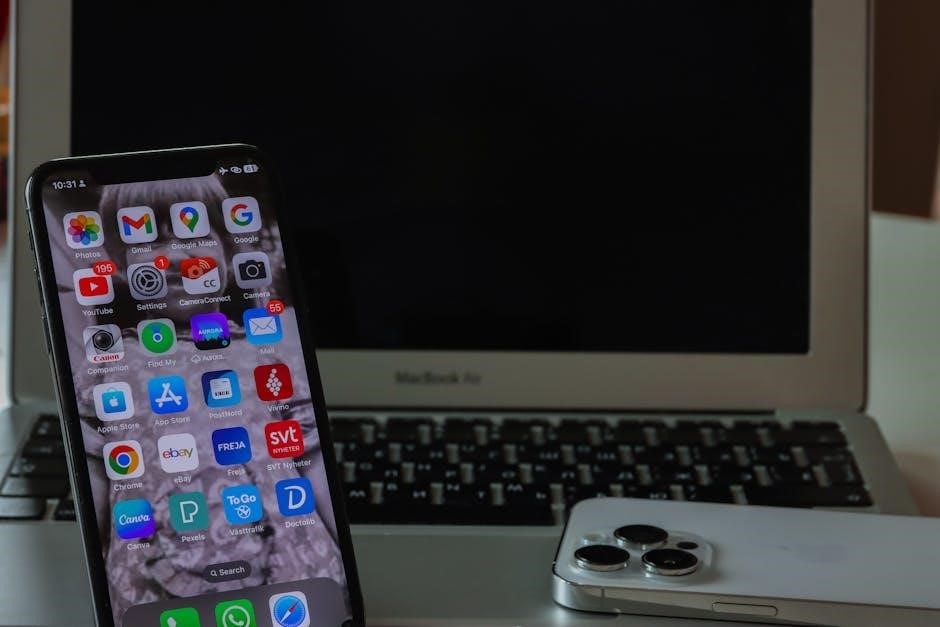The Jitterbug Smart 3 user guide provides detailed information and instructions on using the device, with topics including setting up and navigating the phone, making calls, and using various features and accessories correctly online.
Overview of the Jitterbug Smart 3
The Jitterbug Smart 3 is a mobile phone designed for simplicity and ease of use, with a range of features and functions that make it accessible to users of all ages and technical abilities.
The phone has a large display screen and a simple interface that allows users to quickly and easily access the various features and functions.
The Jitterbug Smart 3 also includes a number of safety features, such as emergency response buttons and health and wellness apps, that can provide users with peace of mind and support.
Overall, the Jitterbug Smart 3 is a reliable and user-friendly mobile phone that is well-suited to meet the needs of a wide range of users.
The phone’s design and features are intended to make it easy to use and navigate, even for those who are not familiar with mobile phones.
The Jitterbug Smart 3 is a great option for anyone looking for a simple and easy-to-use mobile phone.
It is also a good choice for those who want a phone with safety features and health and wellness apps.
The phone’s large display screen and simple interface make it easy to use and navigate.
The Jitterbug Smart 3 is a great choice for anyone looking for a reliable and user-friendly mobile phone.

Setting Up the Jitterbug Smart 3
Setting up the Jitterbug Smart 3 involves inserting the SIM card and charging the battery, then following the on-screen instructions to complete the setup process quickly and easily online.
Activating the Device and Setting Up the Home Screen
To activate the Jitterbug Smart 3, users need to insert the SIM card and follow the on-screen instructions to complete the activation process.
The home screen can be customized by adding or removing widgets, changing the wallpaper, and rearranging the icons to suit the user’s preferences.
The Jitterbug Smart 3 user guide provides step-by-step instructions on how to activate the device and set up the home screen, making it easy for users to get started with their new phone.
The guide also includes tips and tricks for customizing the home screen, such as adding frequently used apps and contacts to the home screen for quick access.
By following the instructions in the user guide, users can quickly and easily activate their Jitterbug Smart 3 and set up the home screen to meet their needs and preferences.
The user guide is available online and can be accessed at any time, making it a valuable resource for Jitterbug Smart 3 users.

Navigation and Menu Options
The Jitterbug Smart 3 features intuitive navigation and menu options, making it easy to access various features and settings quickly online using buttons and screens.
Understanding the Menu Layout and Navigation Controls
The menu layout on the Jitterbug Smart 3 is designed to be easy to use, with clear and concise options and settings. The navigation controls, including buttons and screens, allow users to quickly access various features and settings. The menu is divided into sections, making it easy to find specific options and settings. The device also features a simple and intuitive interface, with large buttons and clear labels, making it easy to navigate and use. The Jitterbug Smart 3 user guide provides detailed information on the menu layout and navigation controls, including step-by-step instructions and screenshots. By understanding the menu layout and navigation controls, users can get the most out of their device and stay connected with friends and family. The device’s menu layout and navigation controls are designed to be user-friendly, making it easy for anyone to use and enjoy the Jitterbug Smart 3.

Making and Receiving Calls
Making and receiving calls on the Jitterbug Smart 3 is easy using the phone’s keypad and screen, with clear instructions found in the user guide online always.
Placing Calls, Answering Calls, and Using Call Features
The Jitterbug Smart 3 user guide provides step-by-step instructions on placing calls, answering calls, and using various call features. Users can learn how to dial numbers, use the phonebook, and access call logs. The guide also covers call features such as call waiting, call forwarding, and caller ID. Additionally, users can find information on how to use the speakerphone, mute calls, and adjust call volume. The user guide is available online and can be accessed at any time, making it easy for users to troubleshoot and resolve any issues they may encounter while making or receiving calls. By following the instructions in the user guide, users can get the most out of their Jitterbug Smart 3 and enjoy a seamless calling experience. The guide is written in a clear and concise manner, making it easy for users of all skill levels to understand and use the call features on their device.
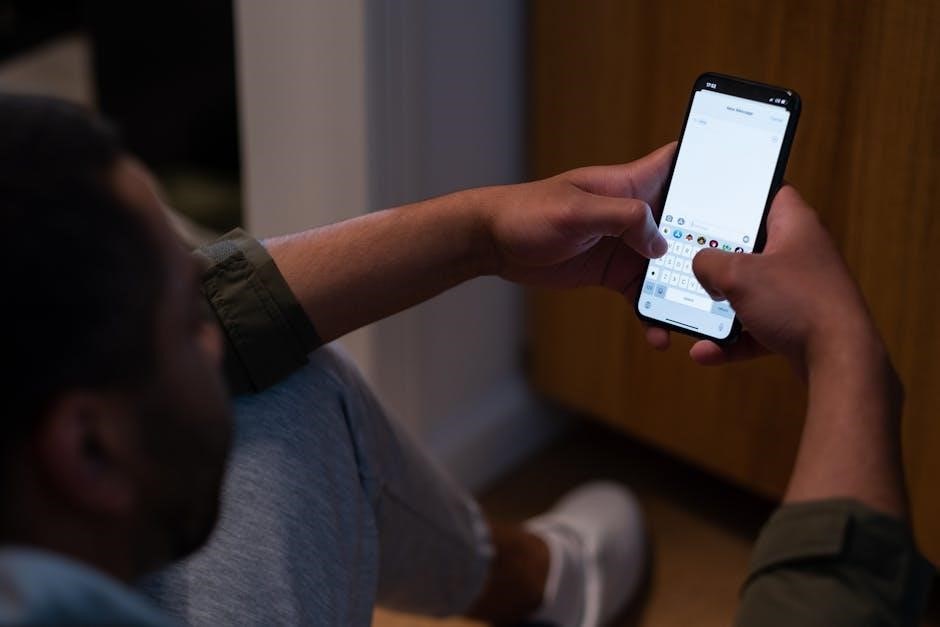
Using Bluetooth with the Jitterbug Smart 3
Bluetooth connectivity allows users to pair devices and accessories with the Jitterbug Smart 3 easily online.
Pairing a Bluetooth Headset with the Jitterbug Smart 3
To pair a Bluetooth headset with the Jitterbug Smart 3, users must first ensure that the headset is in pairing mode. This is typically done by holding down a button on the headset until it flashes or beeps. The Jitterbug Smart 3 must also have its Bluetooth feature turned on, which can be found in the phone’s settings menu. Once both devices are in pairing mode, the Jitterbug Smart 3 will search for nearby Bluetooth devices and display a list of available options. The user can then select the headset from the list to complete the pairing process. It is important to follow the manufacturer’s instructions for the specific headset being used, as the pairing process may vary. The Jitterbug Smart 3 user guide provides step-by-step instructions for pairing a Bluetooth headset, making it easy for users to get started. The phone’s Bluetooth feature allows for hands-free calling and listening to music, making it a convenient and useful feature.
